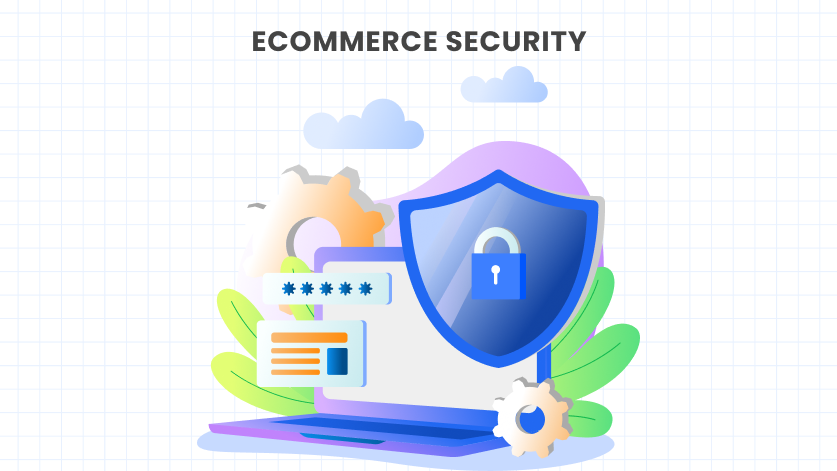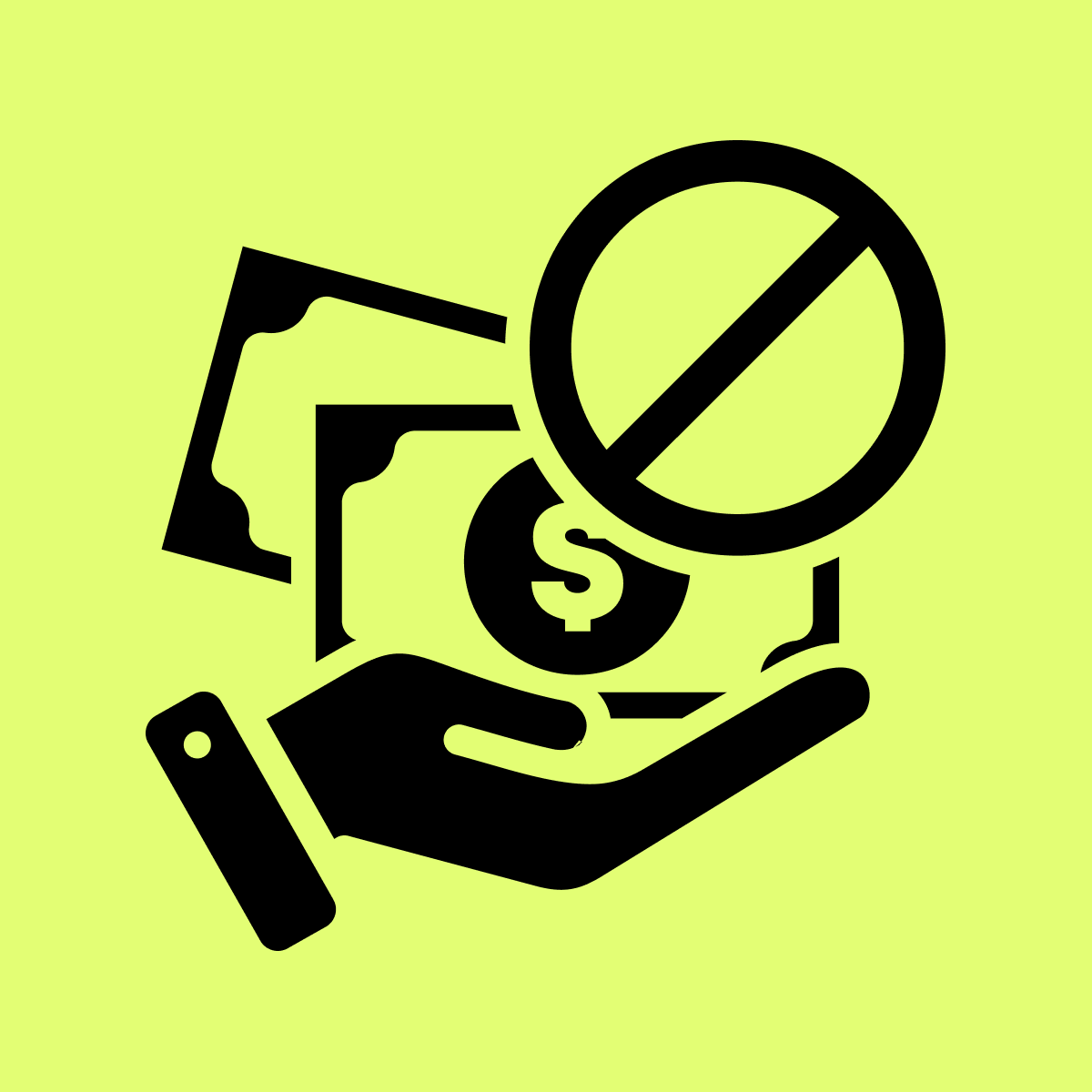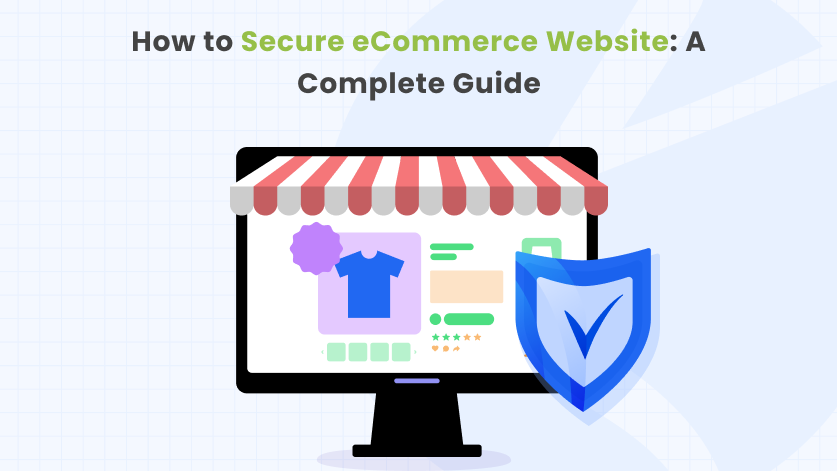eCommerce is booming, and it offers ample opportunities for small and midsize businesses to improve their sales, but cybercrime is also at an all-time high.
What can you do to prevent it? Follow these basic steps to keep your eCommerce site, your users (so-called customers), and their information as safe as possible.
As the eCommerce industry expands, issues about eCommerce security and privacy are also increasing. Attacks from hackers and privacy violations are the biggest digital threats to eCommerce business owners.
Knowing that hackers are continuously looking for security flaws in websites to obtain user data, it is vital to ensure a secure environment. This needs the implementation of specific protocols, and you must be wondering how to secure an eCommerce website.
In this article, we will discuss how to secure an eCommerce website. Let’s start with what exactly is eCommerce security.
What is eCommerce Security?
eCommerce security is a wide range of methods and regulations designed to protect eCommerce companies from numerous online dangers.
Online shopping sites are among the easiest targets for attackers because of the personally identifiable data they hold, such as one’s identity, payment data, and transaction histories.
eCommerce security is the practice of guarding against unwanted access to a company’s website and any transactions via the Internet. It ensures you give your users a secure experience and earn revenue from your website without any issues.
A range of cyber dangers, such as security lapses, loss of data, theft, phishing attacks, and others, must be identified, stopped, and reduced through establishing systems in place.
This entails using safe payment gateways, encrypted transactions, secure login procedures, routine security audits, current software, adhering to industry standards, and educating clients and staff about the best security practices.
Businesses that prioritize and invest in eCommerce security safeguard their assets and data, as well as cultivate loyal customers based on trust and reliability.

Why is eCommerce Website Security Important?
When it comes to eCommerce sites, tons of user data is being collected, and it needs to be secured. The reason is that, as an eCommerce site, you have to take care of your customers. Otherwise, they will click away. Also, there’s a chance that bad actors will use this data for malicious purposes.
Do you know that in all online sectors, retail is one of the most targeted sectors for attacks? And it is a fight that continues as cyber actors evolve their skills and practices to break security barriers.
eCommerce website security is extremely important to maintain a business’s reputation and customer trust. If you have a website that needs to be better maintained or a compromised website, it may lead to negative publicity, loss of customer trust, and, ultimately, loss of revenue.
You must monitor daily security audits, vulnerability testing, and software updates to prevent security breaches.
eCommerce website security is important for compliance with industry regulations and standards. Compliance with data protection and privacy laws, such as the general data protection regulation and the payment card industry data security standards, is mandatory for eCommerce websites that handle sensitive customer information.
eCommerce Website Security Tips:
It’s not as easy as you think to keep an eCommerce site secure, as it’s a complex issue. You need to involve developers, business owners, and customers.
The best practice needs to be followed as a security measure to keep the website secure all the time. At the same time, you need to think about current trends and updates so you can implement them whenever needed.
Fortunately, various best practices and tips are available on the market to improve web application security.
Here are six tips for eCommerce security that must be considered:
- Regular Site Updates
- Get an SSL Certificate
- Frequent SQL Checks
- Use Secure Payment Gateways
- Choose a Secure Web Host and eCommerce Platform
- Don’t Store Sensitive User Data
1. Regular Site Updates:
Your eCommerce site must be kept up to date for safety reasons. Periodic software upgrades and security patches help correct bugs, shortcomings, and dangers attackers might exploit.
By staying up to date, you reduce the likelihood of internet risks and foster a safer setting for online shopping.
By enabling updates automatically, you can keep your website updated. In addition to saving you lots of effort and time on your website maintenance schedule, this allows you to prevent your website’s essential software from running out of date.
2. Get an SSL Certificate:
Another crucial security step is to obtain an Extended Validation SSL certificate. The implementation of SSL adds a further level of protection against hacking or theft during data transmission between a web page and its visitors. Further, a wildcard SSL certificate extends this protection to the main domain and subdomains, enhancing security comprehensively.
Visitors are more likely to trust your eCommerce site because a lot of browsers will show a padlock icon in the address bar. This electronic certificate will boost site security as well as its SEO because Google prefers websites that use the HTTPS online protocol.
3. Frequent SQL Checks:
Regular SQL (Structured Query Language) tests are necessary to ensure database security. When malicious and inappropriate code is injected into input fields by common means of attack like SQL injections, the database could be corrupted.
To identify and address these flaws and strengthen your website’s security against cyber threats, you should regularly verify and audit your database structure and queries.
4. Use Secure Payment Gateways:
To secure an eCommerce website, picking recognized and safe payment gateways is essential.
Reputable payment gateways actively protect your financial data by employing powerful encryption and stringent security measures, guaranteeing secure and confidential transactions.
By integrating secure and reliable payment gateways, you not only offer a trustworthy payment infrastructure but also ensure that your visitors and consumers feel confident about the protection of their private financial information.
Learn more about how to hide payment methods in Shopify checkout with our step-by-step guide.
5. Choose a Secure Web Host and eCommerce Platform:
The key to securing your online store is choosing a reliable web host and eCommerce platform. A hosting company is in charge of collecting and storing the files on your website. Choose a reliable SSL certificate solution that offers secure and reliable data storage for your site.
A reputable web host with robust security features, including firewalls, intrusion detection systems, and periodic security updates, creates a solid security foundation.
When an eCommerce platform prioritizes security, compliance, and best practices, you can enjoy a much safer and more secure shopping experience.
6. Don’t Store Sensitive User Data:
One of the finest security practices is avoiding the storage of sensitive user data, especially credit card information after a transaction is complete.
By doing this, the potential risk of preserving important data is reduced. That’s why you need to take care that you don’t store sensitive user data as a measure of security.
To handle sensitive data securely, use trustworthy third-party payment processors. eCommerce platforms are actively taking steps to store less sensitive data, leading to a significant improvement in security and a reduced risk of damage from breaches.
Conclusion:
eCommerce websites are at risk from various attacks these days due to the cleverness of hackers, including malware insertion, phishing messages, hacking attempts, and many more.
Protecting your eCommerce website and attracting more visitors requires implementing preventive cyberattack security measures.
You will gain a better understanding of the significance of keeping up with eCommerce safety protocols through this article and six tips to ensure your site remains secure and safe.








